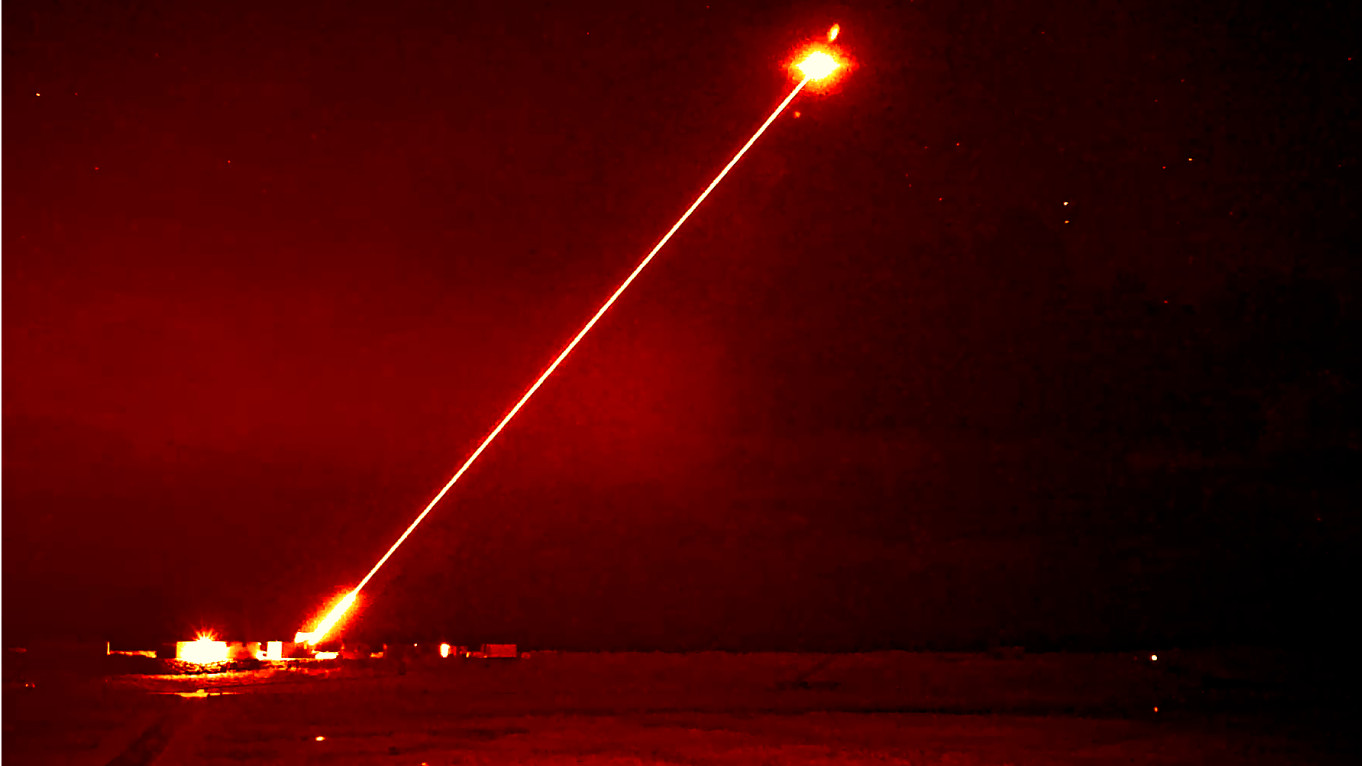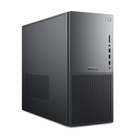- DragonFire laser defense system has just been tested
- Can shoot down drones moving at 400 mph with incredible precision
- With a contract signed for $415 million (£316 million), she will be on board a UK destroyer in 2027, with a rapidly accelerated deployment timeline.
DragonFire, a new laser defense system, has been successfully tested in the UK and proven accurate in shooting down even fast-moving drones, and there is now a contract to provide the weapon to the Royal Navy.
As Tom’s Hardware reports, the UK government has just announced the $415 million (£316 million) contract with MBDA that will ensure the Laser Directed Energy Weapon (LDEW) system is on board a Royal Navy Type 45 destroyer by 2027 (five years earlier than originally planned).
Recent testing of DragonFire at the UK Ministry of Defense (MoD) Hebrides range saw the laser take out drones flying at speeds of up to 650 km/h (just over 400 mph). The MoD tells us that this LDEW can hit a pound coin (slightly smaller than a US quarter) from a kilometer away, which is a mind-blowing feat.
However, it’s not just about accuracy, it’s also about cost-effectiveness, with the laser costing around £10 per shot (approximately $13). Compare that to the price of a missile to intercept a drone, which “costs more than hundreds of thousands of pounds per shot,” the MoD says. And obviously, when you consider the potential scale of drone attacks, that number increases rapidly.
Minister for Defense Industry and Preparedness Luke Pollard said: “This high-powered laser will put our Royal Navy at the forefront of innovation in NATO, delivering a cutting-edge capability to help defend the UK and our allies in this new era of threats.”
The contract to implement DragonFire will create around 590 jobs in the UK.
Joint effort

The DragonFire tests were carried out by the UK Defense Science and Technology Laboratory, in conjunction with MBDA, Leonardo and QinetiQ; These last two are the partners who are working with MBDA to develop the system so that it will be ready in 2027.
In a press release last year, MBDA explained: “The UK DragonFire program brings together the best of UK industry. It draws on MBDA’s decades of experience in weapons systems manufacturing, Leonardo’s position as the world’s leading authority on laser, electro-optics and advanced targeting technology, and QinetiQ’s experience as the only UK company to have successfully developed and safely operated UK high-energy laser sources and coherent beam combining technology.”
While only the first eligible ship has been confirmed, other Type 45 destroyers (there are six of these Daring-class anti-aircraft and anti-missile vessels in the Royal Navy fleet) are expected to get DragonFire in the future beyond 2027.
Potential drawbacks to the laser system are weather and possible atmospheric interference, and the real test will be how DragonFire performs in real-world conditions aboard that first destroyer.
The other obvious caveat here is the amount of power needed for this LDEW, which limits DragonFire to installations where sufficient power is available, such as aboard a ship, as opposed to a more agile armored military vehicle on land, but more mobile deployments are planned eventually.
If you’re curious what the power consumption of this laser is, we’re told that a previous trial at Porton Down in October 2022 used “on the order of 50kW of power”.

The best computers for all budgets
Follow TechRadar on Google News and add us as a preferred source to receive news, reviews and opinions from our experts in your feeds. Be sure to click the Follow button!
And of course you can also follow TechRadar on TikTok for news, reviews, unboxings in video form and receive regular updates from us on WhatsApp also.



